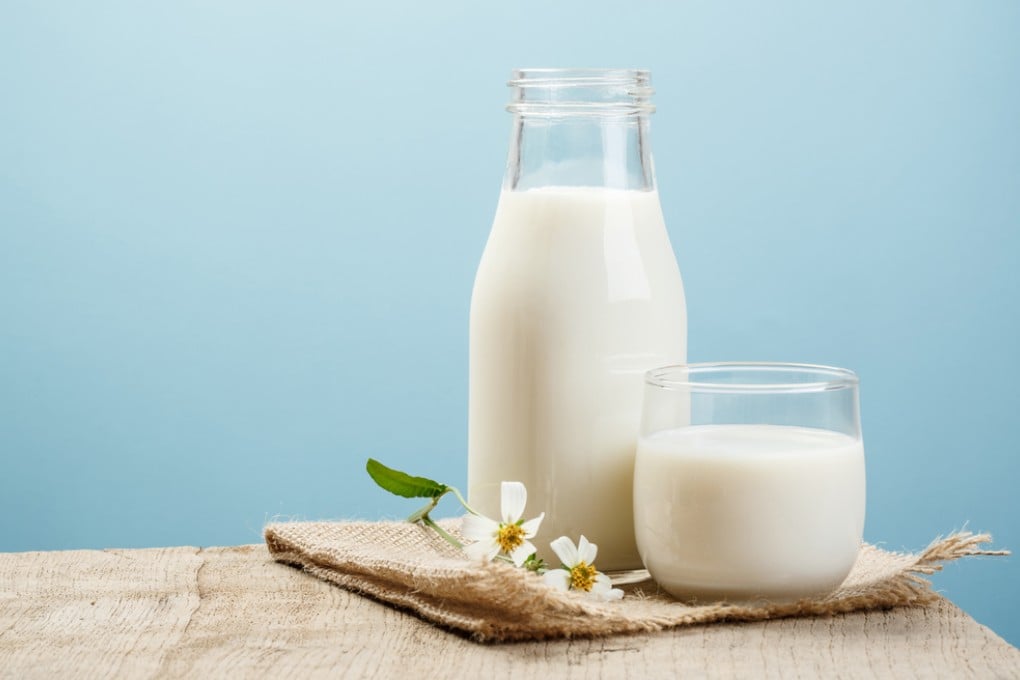Which milk is best for the environment? A guide to the impact of cow, almond and soy milk on the planet - and your health
We compared the carbon footprint, water footprint, and nutritional value of the three products, and suggest some possible alternatives

We've all heard stories about the impact that cattle have on the environment. We also all have friends who just can't stomach dairy. If you’re thinking about switching from cow’s milk to a plant-based alternative such as almond milk or soy – whether for health or environmental reasons – it’s useful to first find out just what each alternative provides, not to mention the impact it’s having on the planet.
We compared the carbon footprint, water footprint, nutritional value and price of cow, soy and almond milk to see just how each one measures up.
Carbon footprint
The term “carbon footprint” refers to the amount of carbon dioxide – the gas which causes global warming – released into the atmosphere as a result of a certain activity. You may already be aware that dairy farms are no friends of the environment; as well as contributing to CO2 emissions, cows also release an even more harmful greenhouse gas – methane – into the atmosphere.
But does switching to plant-based milk really help to reduce your carbon footprint?
According to a 2014 study published in the academic Journal of Industrial Ecology, for every cup of cow’s milk that is produced, 400 grams of carbon dioxide is released into the atmosphere. This is compared to 200 grams per cup of soy milk, and 174 grams per cup of almonds.
However, as it doesn’t take one cup of almonds to produce one cup of almond milk – most almond milk sold in shops will contain around five almonds per cup of milk – it’s safe to assume that the carbon emissions for almond milk are actually even lower.
